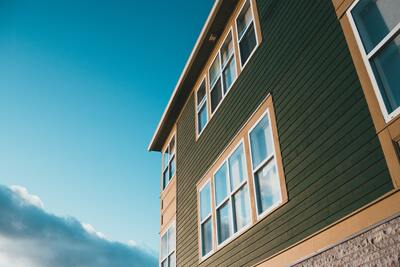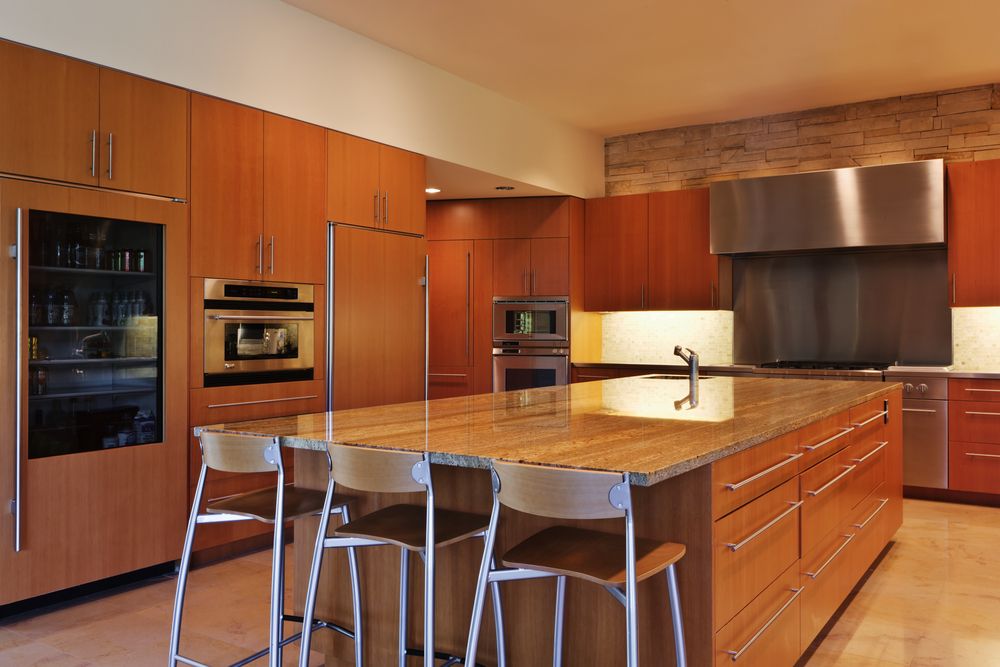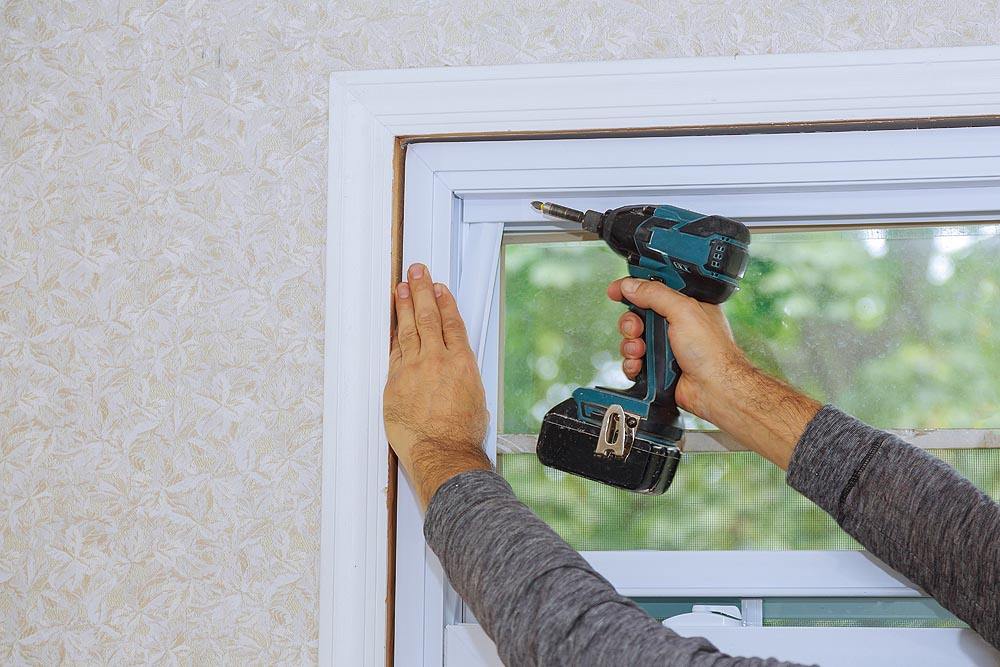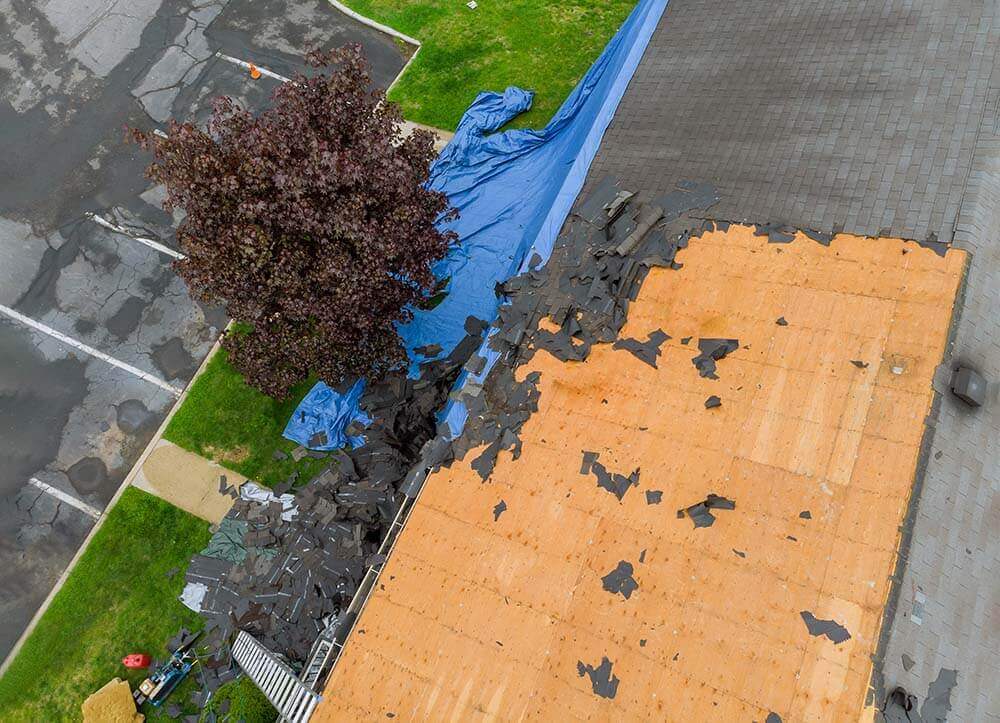When the mercury outside is spiking or diving, it sure is nice to walk into a comfortable home. But, if your home is like many, there are hot and cold spots around and sometimes high energy bills. Well, the comfort in your home is connected to your unconditioned attic and your roof. Here’s how.
START AT THE TOP: YOUR ROOF
Asphalt shingle roofs are the most popular roofing systems in America. They are affordable and do a good job of keeping water outside your home. However, asphalt shingles are notorious for collecting heat. More advanced, modern shingles do a better job of reflecting heat energy than older, cheaper shingles. But your roof and attic still need help keeping attic temperatures down.
Metal roofs, tile, and wood shingle roofs do a better job with minimizing heat transfer than do asphalt shingles. But, that’s one of the reasons these roofing systems cost a little more than asphalt shingles.
ATTICS AND HEAT TRANSFER
The typical unconditioned attic needs a lot of ventilation. The goal for attics is to maintain the same temperature within as the temperature outside. This helps prevent a number of deteriorating factors, such as too much humidity and moisture during the summer, and ice dams during the winter.
If you know a little bit about heat energy, you know that heat seeks a cooler place. So, if your unconditioned attic isn’t well ventilated and sealed up, heat will transfer between your living spaces and the attic. This creates discomfort, extra wear on your heating and cooling systems, and higher energy bills.
So, to maximize indoor comfort at minimal energy costs, you want a well-sealed, well-ventilated, and well-insulated attic.
BETTER HOME COMFORT
Your home contractor can check your attic and roof to ensure you are optimizing these systems. After all, by reducing hot spots in your home, you’re surely going to be more comfortable and save some energy.
One of the first places your contractor looks is at the attic door or hatch. There should be ample weatherstripping around the attic door to prevent air exchange. Attic insulation in our region should be up to R-60 (R-value, indicating heat transfer). That is roughly 15 to 20 inches of fiberglass insulation rolls or batts.
Further, lighting cans, pipes, wiring, flues, and other protrusions into the attic should be sealed around them to stop air exchange. By stopping air exchange and heat transfer, you are going to make big strides to maximizing home comfort between your roof, attic, and living spaces.
If you would like to better connect your roof, attic, and home comfort with a free roof inspection, contact us at Welter Construction 763-780-6007. We’re standing by 24/7 to make your home a better place.










